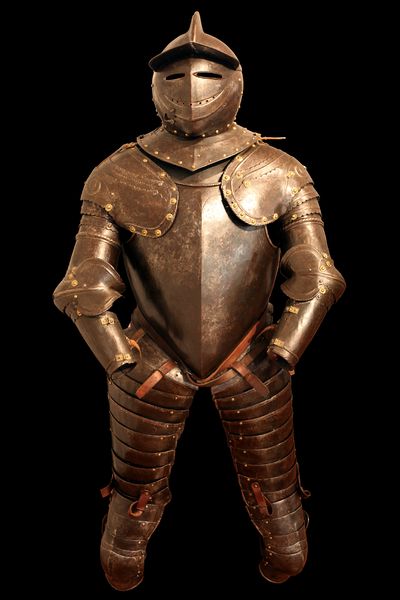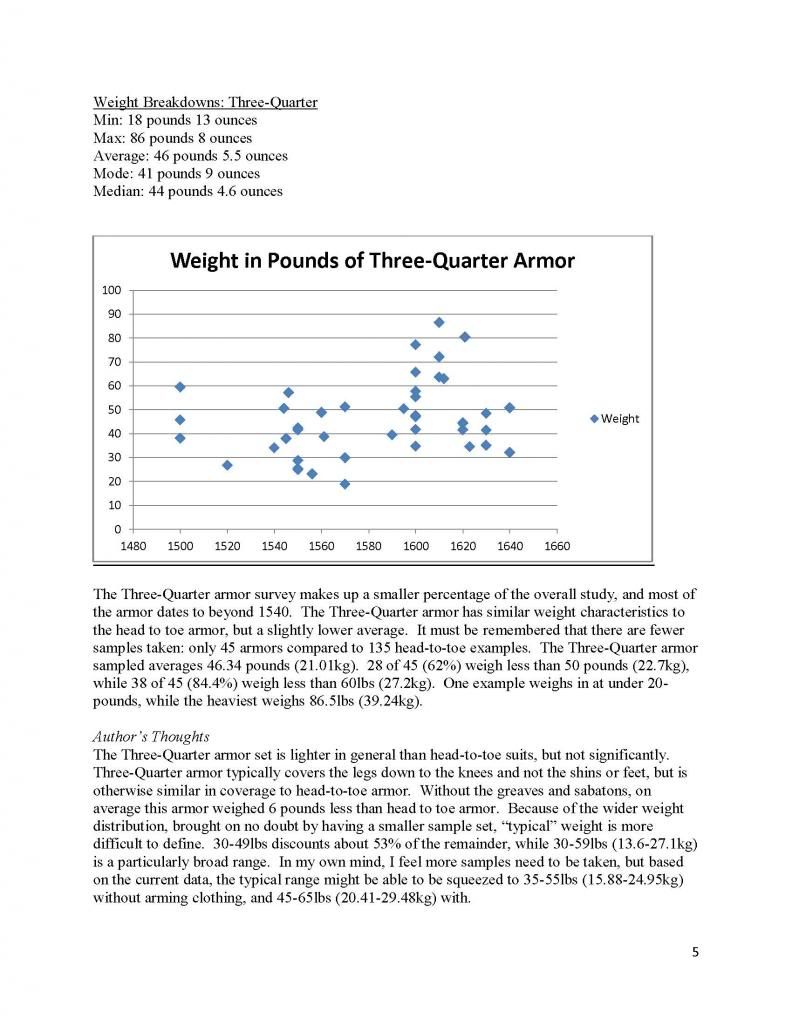Harv said:
I see it as a matter of experience with combined arms from decades of fighting the Scottish, and choosing a defensive position well, while the other side was tired and wet, and therefore unable to break the English formation. I am not sure how many French knights actually fell to arrows.
Exactly!
I would also give credit for winning Crecy to a well-prepared defensive position, behind which archers and infantry were deployed.
The notion that a concentration of arrows alone can stop a cavalry charge is a myth. Archers really need protection and support to do this.
The same refers to Early Modern Era musketeers, who were vulnerable to cavalry unless supported by pikemen and a favourable defensive position.
David Eltis, "The Military Revolution in Sixteenth-Century Europe" on page 46 quotes Sir John Smythe, "An answer to contrarie opynions militarie", British Library, Harleian MS 135, f 11 - who wrote, that 1000 cavalry can easily defeat 3000 or 4000 missile infantry unless they are protected by pikes or favourable terrain.
On the same page (46) Eltis quotes Matthew Sutcliffe, "The Practice Proceedings, and Lawes of Armies", STC 23468 (1593), page 109 - who in 1593 wrote that a cavalry charge against melee infantry with swords and shields is devastating for infantry, unless they are protected by pikes, ditches, hedgerows or forests.
On next page - 47 - Eltis quotes Robbert Barret, "The Theorike and Practike of Moderne Wares", STC 1500 (1598), page 69 - who in 1598 wrote that missile infantry deployed in open field, unsupported by pikes and without protection provided by hedgerows, ditches, trenches or ramparts, are not able to hold on against cavalry for a long time, and especially are not able to hold on against skilled lancers cavalry.
Raimondo Montecuccoli in "Sulle battaglie" - basing on experiences from the Thirty Years' War (1618 - 1648) - on pages 106 and 150 wrote that cavalry can very quickly destroy musketeers deployed in dense formation (so density of infantry formation is not an obstacle for cavalry in destroying this infantry), unless they are protected by pikes. He also wrote, that pike is "the only defence" of musketeers.
Also Marcin Bielski (born 1495 - died 1575) - soldier, historian and writer - wrote about value and impact (effects) of cavalry and their charges:
"Quality is more important than quantity, and terrain is more important than quality."
Regarding infantry, Marcin Bielski wrote the following:
"If you have infantry against enemy cavalry, deploy your men in rough terrain, deploy your men in wetlands, in thickets, in terrain surrounded by depressions. (...) infantry needs ditches, fences, rivers, hills."
J. J. Kampenhausen - veteran of Swedish and Polish-Saxon armies during the Great Northern War - in 1737 published a book "Praise and apologia of lances and pikes cum refutatione of some allegations about them", in which he praised the effectiveness of pikemen and of heavy cavalry lancers.
Kampenhausen describes how during the battle of Riga (17.06.1701) Swedish Uppland infantry regiment which had no companies of pikemen at all - just companies of musketeers with bayonets, but without pike support - was defeated by a cavalry charge of Saxon cuirassiers. Only two other Swedish infantry regiments - Dalecarlia regiment and Wermanland regiment - were eventually able to: "halt the great impetus of Saxon cuirassiers with use of their pikes."
Then Kampenhausen writes that in the battle of Fraudstadt (13.02.1706) Swedes defeated a combined Saxon-Russian army, which had three times more musketeers and three times more firepower than Swedish forces, only thanks to pikemen of Nerk Wermeland infantry regiment under Lt. Col. Kronman. Kronman's pikemen carried out a brave pike charge and despite being outnumbered, defeated several left wing regiments of enemy musketeers in close combat.
Kampenhausen wrote: "even 100 pikes can inflict more and quicker damage than 200 bayonets."
In another part of his work, Kampenhausen mentions Polish-Lithuanian Hussars (as well as heavy cavalry armed with lances in general).
He wrote that it very rarely happens, that heavy cavalry armed with lances sustain more damage than they inflict (i.e. he claimed that such heavy cavalry lancers almost always inflict higher casualties upon the enemy than they suffer from that enemy - even in case if they are defeated).
When replying to accusation that heavy cavalry is an expensive military formation, Kampenhausen writes:
"I must remind you of that story about a certain burgher from Lviv, who preferred to die several days before Christmas, rather than buying an expensive medicine in a local pharmacy to cure himself, because he was afraid that visits of carol singers and relatives would cost him a lot of money."
And when replying to allegation that lances are an expensive weapon:
"It is a beautiful quasi vero accusation that lances are expensive. After all Poles have a proverb, that only dogs eat cheap meat. I consider such an advisor who suggests to use cheap, poor quality things and in insufficient numbers, just in order to reduce costs, as the greatest ignoramus."
When replying to accusation that heavy lancers are not only expensive, but also demanding, he writes:
"It is true, that only brave and strong men can be lancers. It is true, that only brave horses can be used by them, etc. But is there really a shortage of brave men and of brave horses in the Kingdom of Poland? Neighbouring states are recruiting stalwart Poles into their regiments, so they are at home. Only mints and treasury should be opened et vires et viros regina pecunia donat. (...) Entire world is praising the quality of Polish horses, so why there should be not enough of good horses for the Polish army?"
Kampenhausen was an ethnic German who lived in Swedish-controlled Livonia.
He served in the Swedish army in period 1695 -1708 and then in the Polish-Saxon army in period 1710 - 1734.
He fought in two major wars - Great Northern War (1700 - 1708 and 1710 - 1721) and War of the Polish Succession (1733 - 1734).






